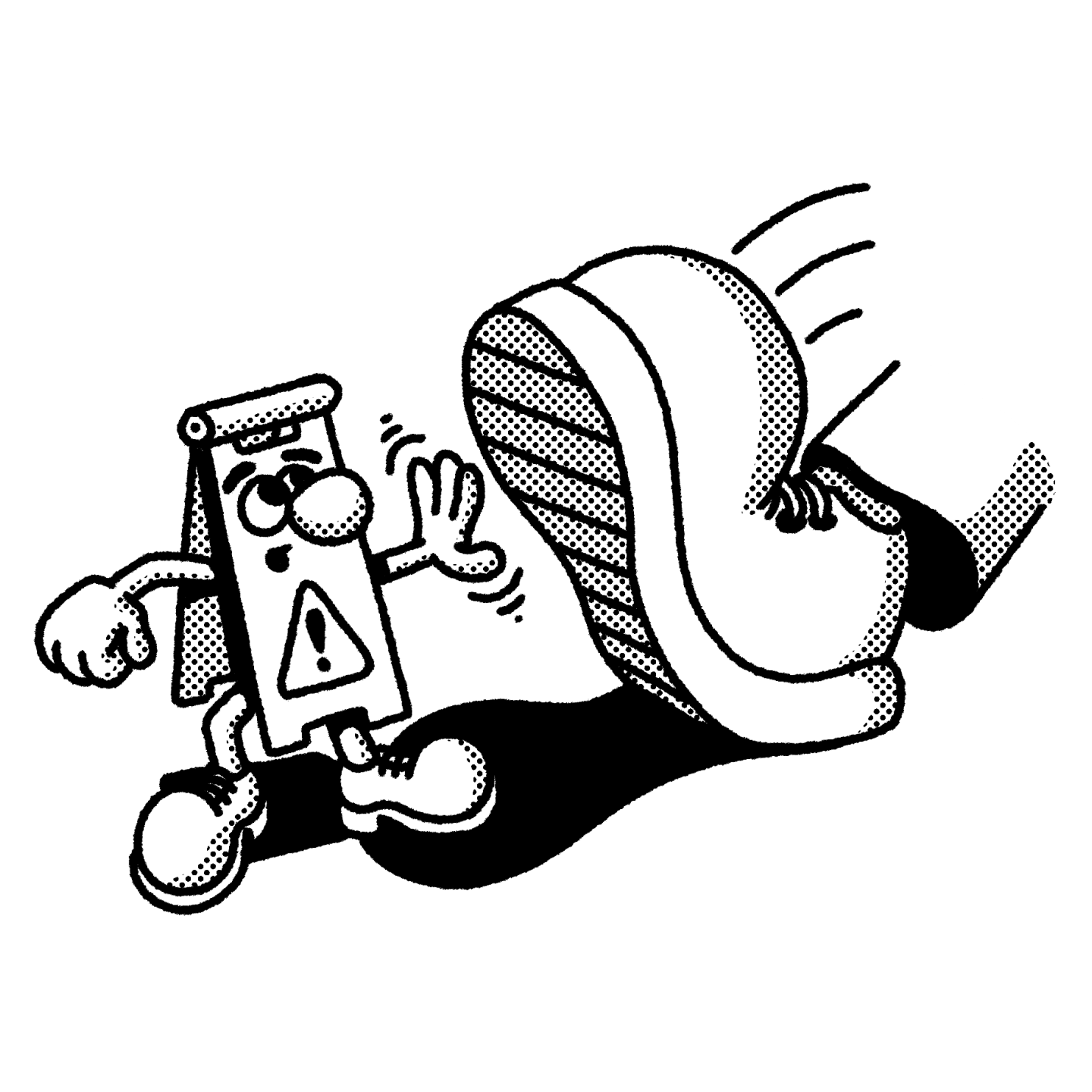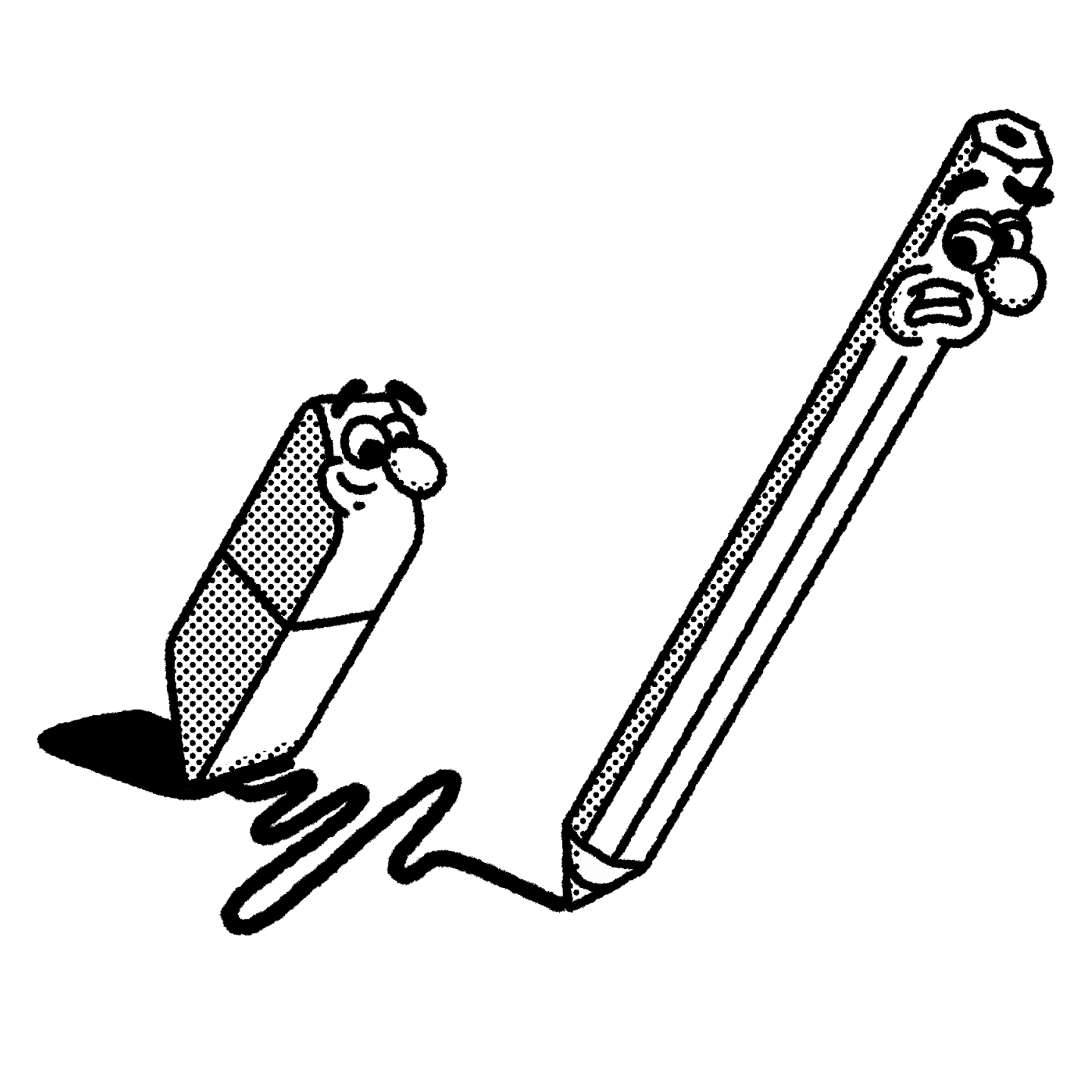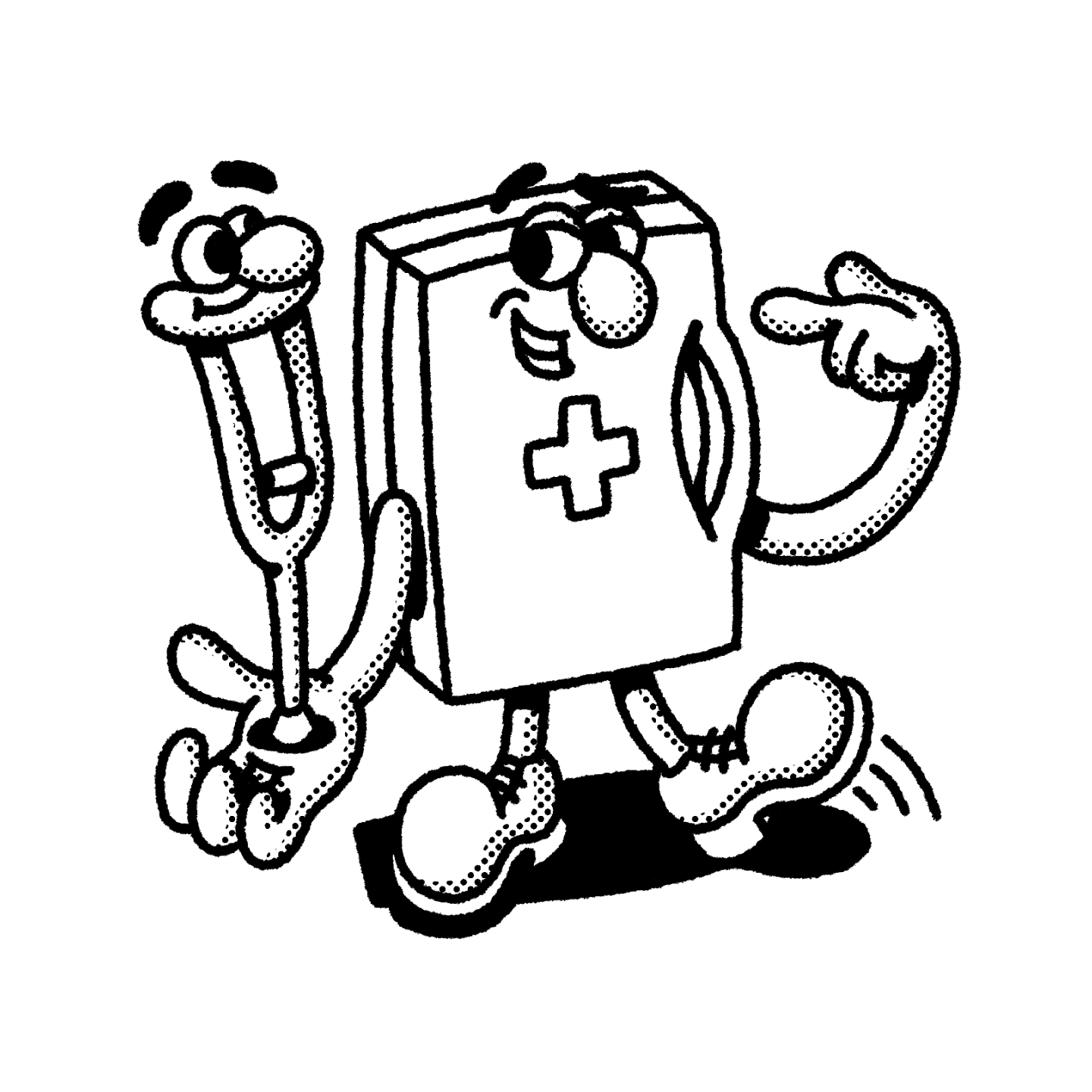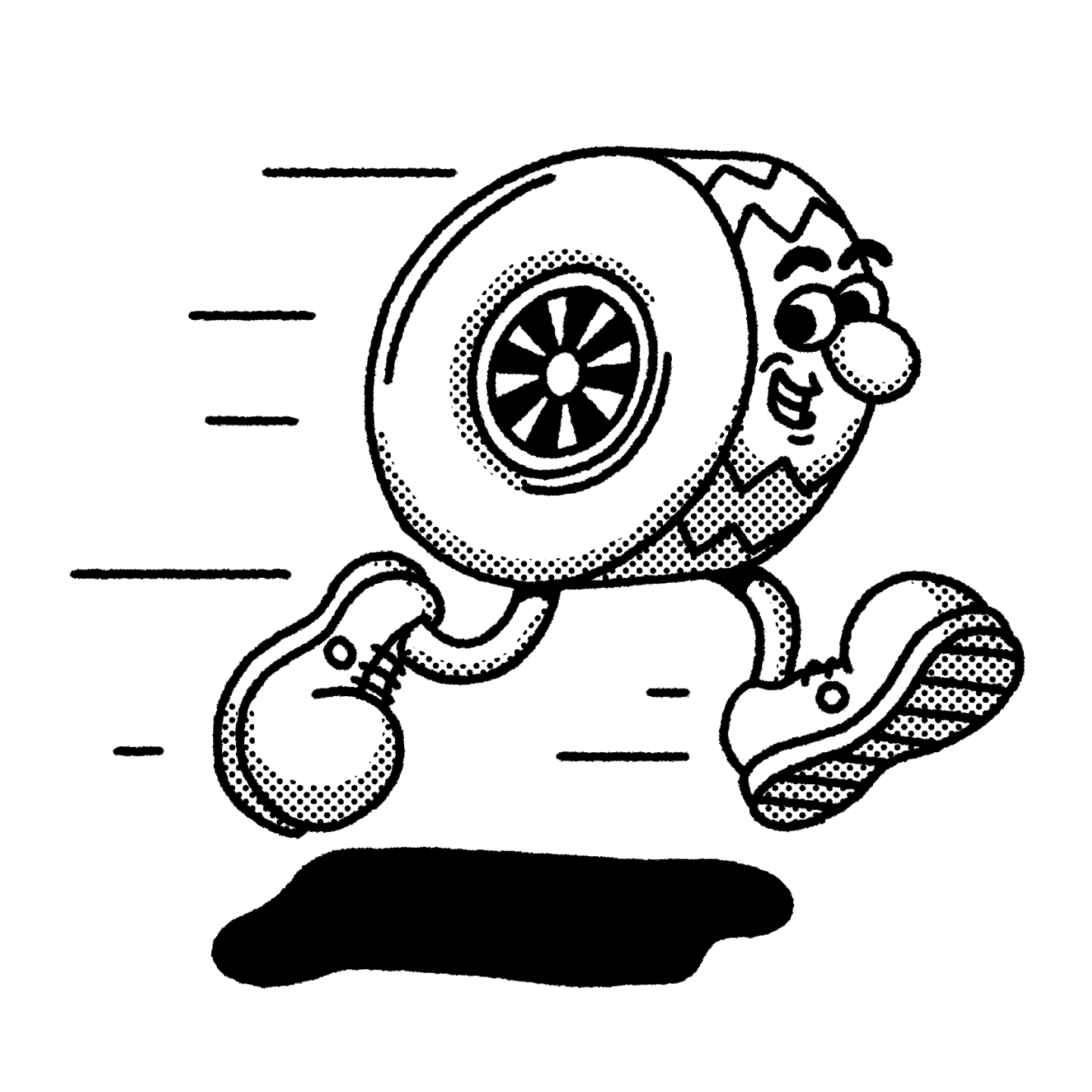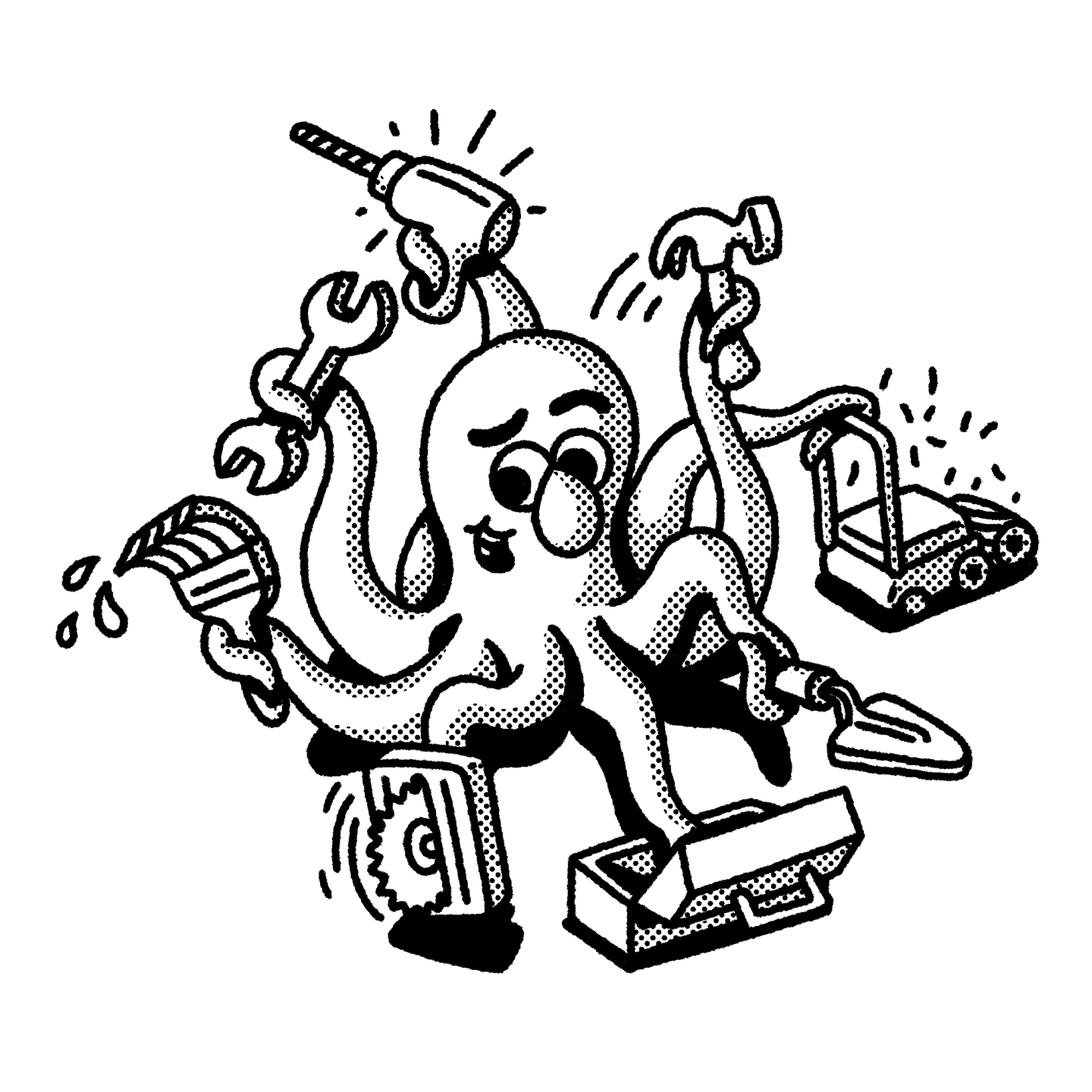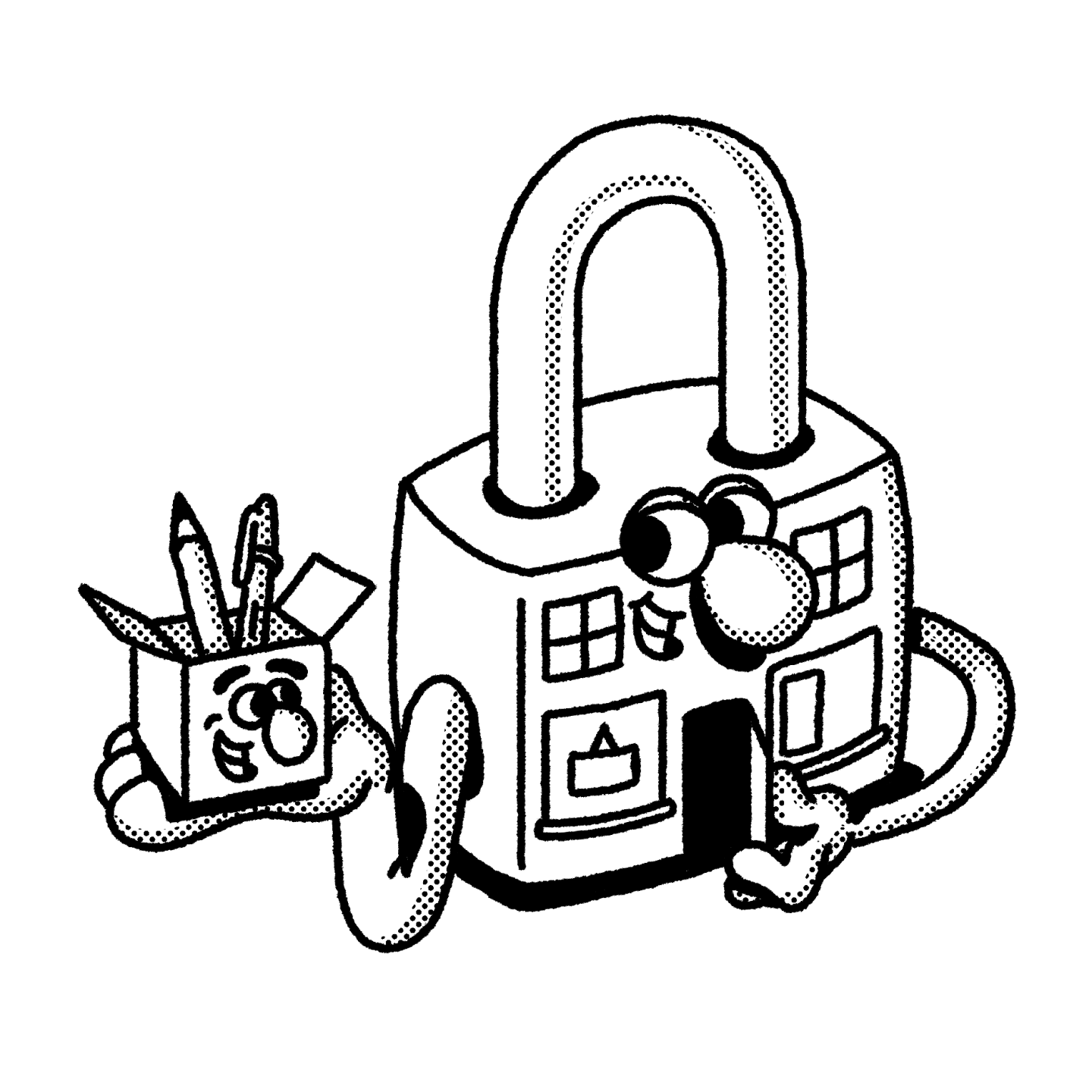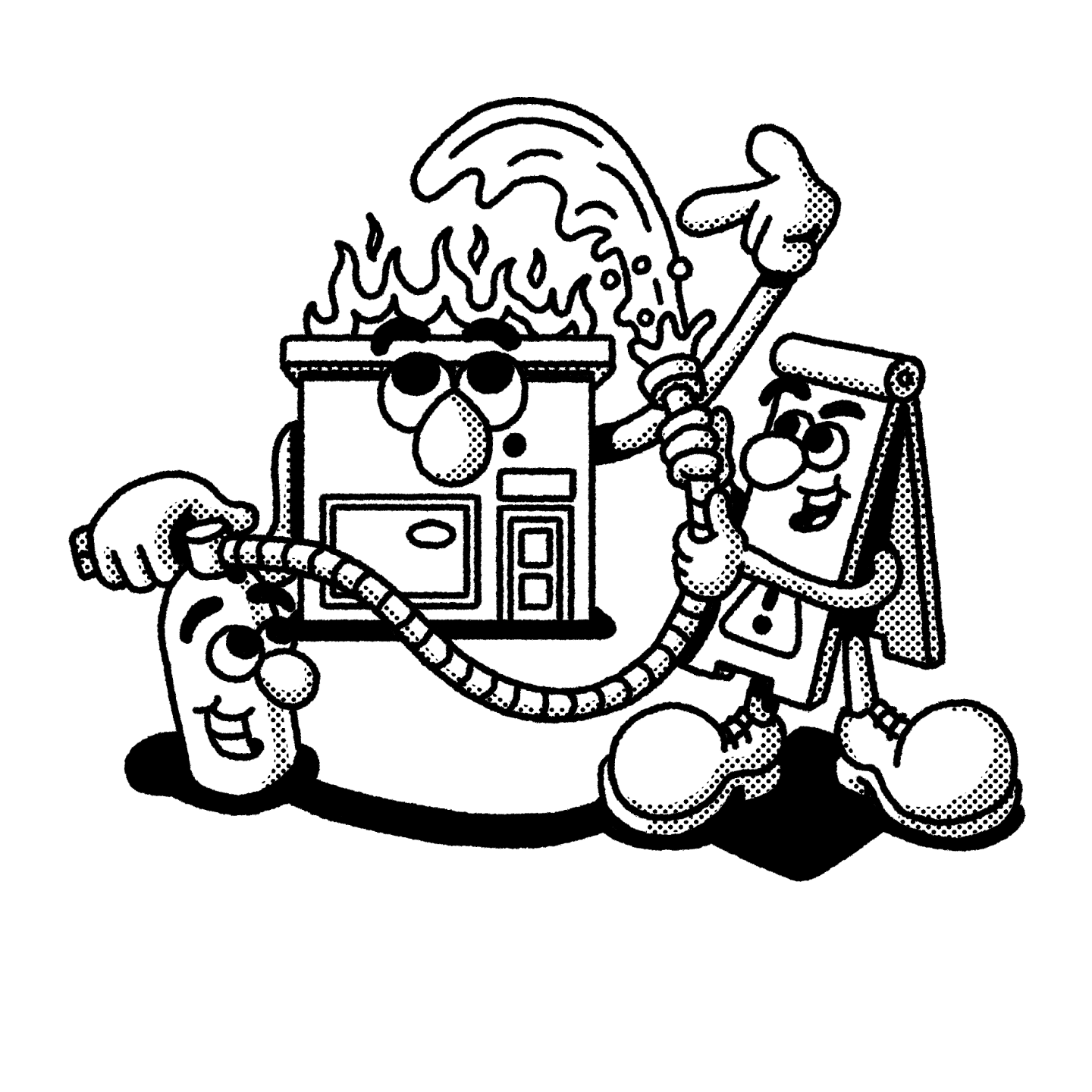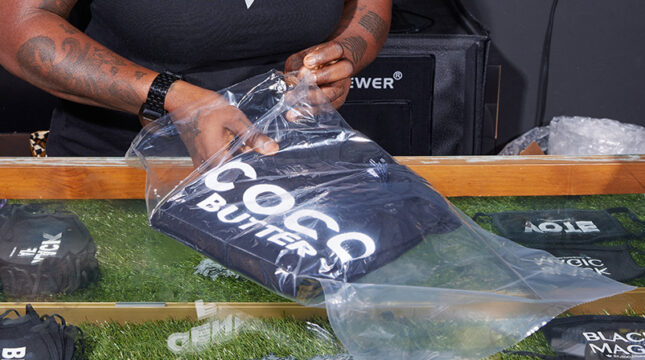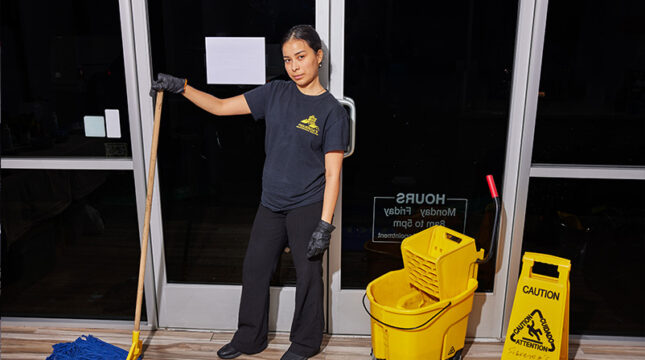Types of product defects that cause liability
There are three types of defects that manufacturers or suppliers could be held liable for. The defect could be in:
- The design of the product
- The manufacturing during construction or production
- The marketing, such as improper instructions or missing warnings
A design defect or design flaw is present before a product is manufactured, which means there’s something inherently wrong or unsafe about the product’s design from the beginning. You’ve probably heard of design defects before, including the most famous one: the Leaning Tower of Pisa, which was built on ground too soft to support its own weight1.
On the other hand, manufacturing defects happen during assembly or construction, so the defect may only affect a few products or a particular type of product. For example, some product recalls are usually a result of a manufacturing defect, whether it’s salmonella-tainted peanut butter or hoverboards catching on fire.
Finally, marketing defects are flaws in the way a manufacturer or seller markets their products. For instance, having inadequate safety warnings, improper labeling, not giving instructions for proper use and more. One example is a certain famous coffee case2 where the fast food establishment failed to properly warn a consumer of their scalding hot coffee.
Types of product liability claims
While there are no federal product liability laws, product liability claims are based on various state laws which usually based on three legal elements: strict liability, negligence and breach of warranty.
Typically, product liability is a strict liability offense, meaning even if you — the manufacturer or supplier — exercised great care in creating or selling that product, you could still be liable for damages if something goes wrong. Basically, if a product fails to meet a consumer’s reasonable expectations, it could be deemed defective.
Then there’s a negligence claim, which focuses on a manufacturer or supplier acting carelessly, and their actions — or inactions — causes an injury or sickness. The injured party must prove four things in court: duty, breach, causation, and damages/harm3, which can be difficult depending on the product and manufacturing involved.
Finally, there’s the breach of warranty claim. Without diving too deeply into contract law, this type of claim occurs when a consumer says that a defect violates the product’s warranty. This could be either an express warranty (type of guarantee that is written or stated) or implied warranty (an automatically-applied warranty imposed by state laws that a product should work as it’s meant to.)
Of course, product liability is a very complicated. While these three elements may have overlapping supporting facts, they are all distinct legal theories that work together to prove a liability claim.
Who’s responsible for defective products?
Liability for a defective product can be a complex chain of distribution — or the general path a product takes from manufacturing to distribution to consumers. Many parts of this chain could potentially be held liable.
Typically a chain of distribution includes:
- Manufacturers. The product’s manufacturer
- Suppliers. Any product parts or component manufacturers the manufacturer uses
- Installation. Parties that assemble or install a product (i.e., furniture assembly or sink installation)
- Retail suppliers. The wholesalers and distributors of products.
- Retailers. The retail store that sold the product to the consumer.
So, can a retailer be sued for design defects or manufacturing defects? Yes. Even if you weren’t involved in the creation of product, you could be held liable for damages.
NEXT knows small business
Product liability insurance is vital for all kinds of businesses, but every business has different needs.
That’s why we tailor our insurance policies and you can manage your coverage 24/7 with easy DIY access. Plus, when you add product liability insurance to any of our business insurance policies, we’ll give you 10% off.
You can start a quote, customize your options and access your certificate of insurance online immediately — in about 10 minutes.
Article Sources
1 Britannica. Leaning Tower of Pisa.
2 FindLaw. Products Liability Law: Explaining the McDonald’s coffee case.
3 FindLaw. What are the Elements of Negligence?
